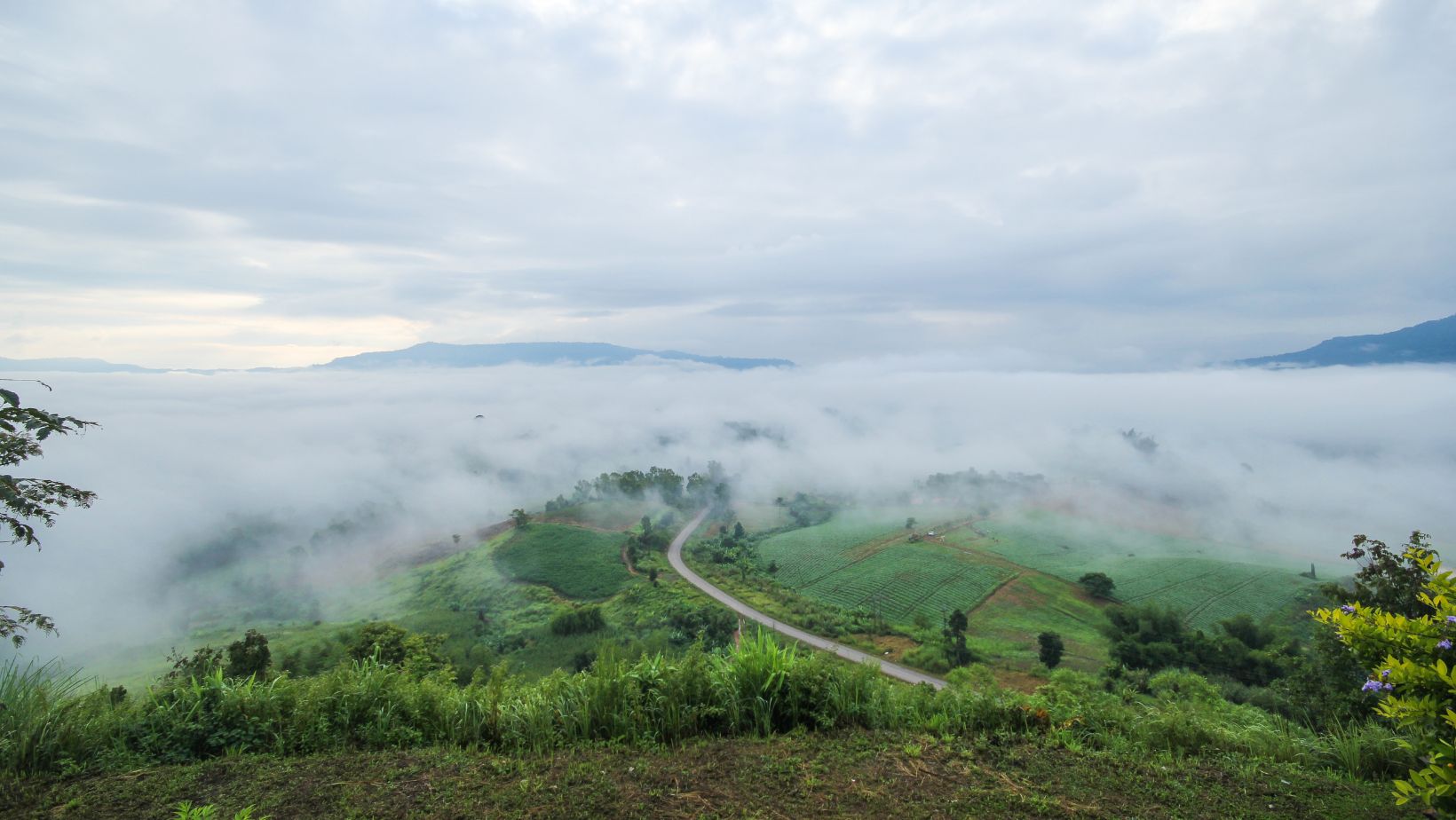Thailand is preparing for a noticeable shift in weather this week, as a powerful cold air mass moves into the country’s upper regions, bringing significantly cooler temperatures, gusty winds, and brief thunderstorms in some provinces.
According to the Thai Meteorological Department (TMD), temperatures are expected to fall noticeably between 17–23 November, with northeastern provinces facing the most dramatic change. Forecast models indicate a 4–7°C plunge in the Northeast, while the North, East, and Central regions — including Greater Bangkok — will see a milder but still distinct 2–4°C drop.
Doi Inthanon Hits Season-Low Temperature
The nation’s highest peak, Doi Inthanon, recorded a brisk 6°C early Sunday morning — the chilliest reading reported so far this cool season. Tourists visiting high-altitude destinations are advised to dress warmly, as temperatures are expected to dip further once the cold front fully settles.
Cold Air Mass From China Driving the Change
TMD Director-General Sukanyanee Yawiyacharn announced that a strong high-pressure system originating from China is expanding across upper Thailand and the South China Sea. As the air mass advances, it will trigger unstable weather patterns, including scattered thunderstorms ahead of the temperature drop.
Thunderstorms Expected Before the Cold Arrives
The first signs of the weather transition are expected in parts of the Northeast, particularly in:
-
Ubon Ratchathani
-
Si Sa Ket
-
Surin
-
Buri Ram
-
Nakhon Ratchasima
These areas may experience isolated thunderstorms before cooler, drier air sweeps in. Other regions of upper Thailand are forecast to follow a similar pattern.
Public Urged to Prepare for Sudden Chill
Authorities are advising residents — especially senior citizens, young children, and individuals with chronic health conditions — to take precautions against the abrupt temperature change. The combination of dry air and strong winds also raises the risk of fires, prompting warnings for rural communities and farmers to remain vigilant.
Possible Impact on Agriculture
Farmers in the Northeast and North are being encouraged to prepare for potential effects on crops, especially those sensitive to rapid temperature fluctuations. Cooler conditions and strong winds may also affect livestock, irrigation planning, and harvest schedules.



